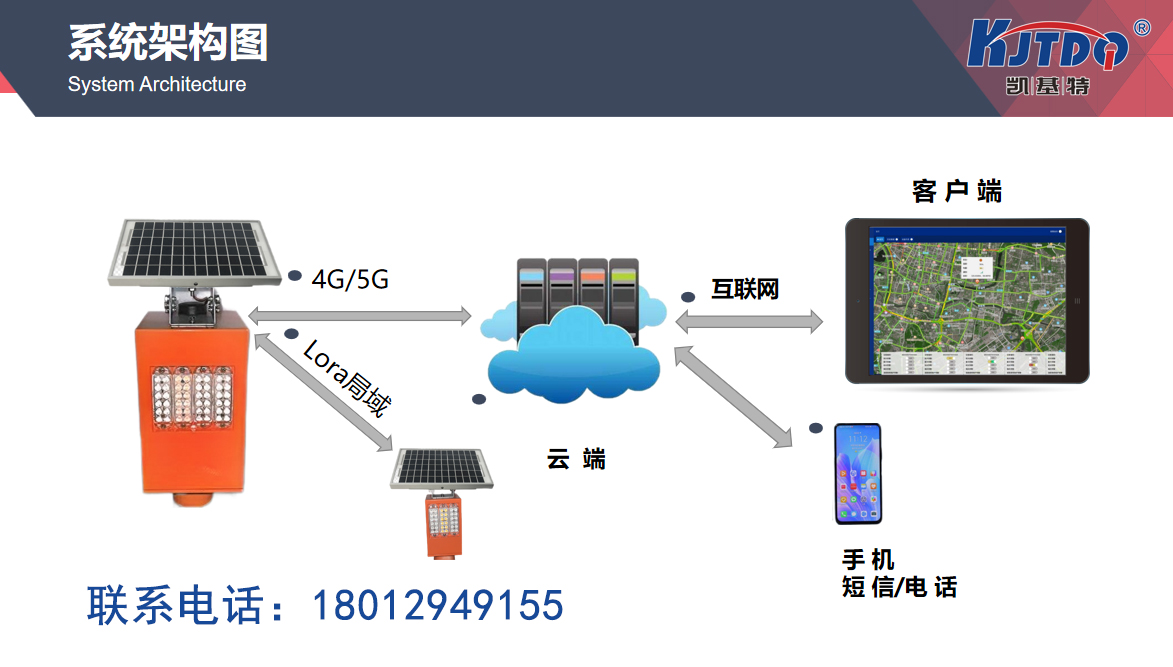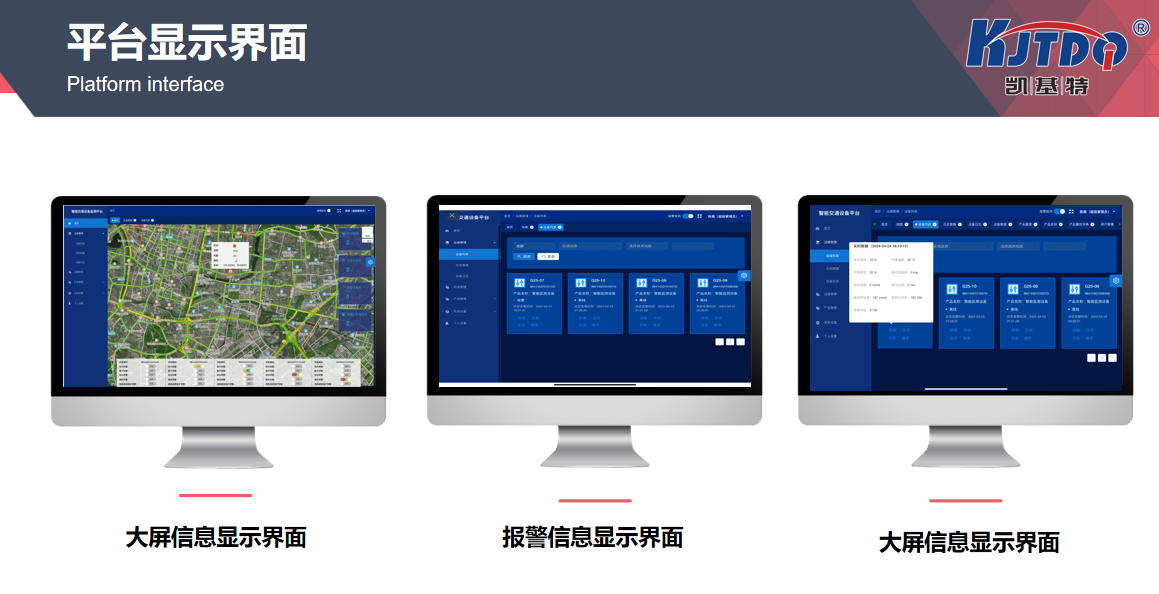In winter, the problem of highway icing not only poses great safety hazards to drivers, but also puts higher demands on traffic management. Every cold winter, when the temperature drops sharply, the snow covered highways are like a hidden danger that can trigger a series of traffic accidents at any time. Therefore, preventing icing on highways has become an important task in ensuring road safety. By taking effective preventive measures, we can minimize traffic accidents caused by highway icing, ensure driving safety, and make our winter travel more worry free.

Preventing icing on highways is a task that covers a wide range and has high technical requirements. In winter, when the temperature drops below zero, ice layers are prone to form on the surface of highways, which not only reduces the friction coefficient of the road but also increases the risk of vehicle loss of control. To solve this problem, we need to comprehensively use various means to effectively prevent it. For example, salt spraying is a traditional anti icing measure that prevents the formation of ice and snow by lowering the freezing point of the road surface. In addition, there are many modern technologies and equipment that can be applied to prevent icing on highways, such as intelligent weather monitoring systems, automated snow melting equipment, etc.
Firstly, sprinkling salt to remove ice is an effective traditional method. Salt can lower the freezing point of water, thereby reducing the formation of ice and snow on the road surface. However, although this method is simple, it also has its limitations, such as the impact of salt on the environment and potential damage to road facilities. Therefore, in practical applications, we need to reasonably control the use of salt based on specific climate conditions and road conditions, and combine other measures to improve prevention effectiveness.
With the development of technology, intelligent weather monitoring systems have become an important tool for preventing icing on highways. This system monitors real-time meteorological parameters such as temperature, humidity, and wind speed through weather sensors installed on highways. When the system detects that the temperature is close to freezing point, it will automatically issue an alarm and remind the driver to pay attention to the risk of icing through the road display screen. Furthermore, the system can also be linked with snow melting equipment to promptly activate the equipment for snow melting treatment when ice and snow are about to form, thereby avoiding the formation of ice layers.
Automated snow melting equipment is also an important component of modern highway icing prevention. These devices can dissolve ice and snow on the road by spraying snow melting agents or utilizing heat. Compared with traditional manual salt spraying, automated snow melting equipment can more accurately control the amount of snow melting agent and complete the snow melting work in a shorter time, thereby more effectively preventing the formation of ice and snow. Especially during long periods of snowfall, this device can work continuously to ensure safe passage on the road.
In addition to these technical measures, regular road maintenance and cleaning are also important measures for preventing icing. In winter, regular cleaning and maintenance of highways can timely remove snow and ice, avoiding their long-term impact on the road. In addition, inspection and maintenance of road facilities are also essential, such as ensuring smooth drainage systems and avoiding safety hazards caused by water accumulation and freezing.
Of course, preventing icing on highways not only relies on technical means, but also requires effective coordination from traffic management departments and preparation of emergency plans. The traffic management department needs to prepare for ice prevention in advance based on weather forecasts and arrange specialized personnel for road inspections and maintenance. In addition, establishing a comprehensive emergency plan can quickly take measures in case of icing or snowfall, such as setting up temporary traffic signs, restricting highway traffic, etc., to ensure safe passage on the road.
From a personal perspective, preventing icing on highways is indeed an important task in ensuring winter travel safety. Although modern technological means and equipment can significantly improve prevention effectiveness, the most important thing is the driver's self-protection awareness. When driving in winter, drivers should adjust their speed according to road conditions, maintain a safe distance, and pay attention to weather changes and road conditions at all times. In this way, even in the event of icing or adverse weather conditions, preventive measures can be taken in a timely manner to ensure the safety of oneself and others.

Overall, preventing icing on highways is a broad and technically complex task that requires a combination of traditional methods and modern technological means to ensure road safety through scientific and reasonable measures. With the continuous advancement of technology, we have reason to believe that highway icing prevention work will become more efficient and intelligent, providing a more solid guarantee for our winter travel. However, while enjoying these technological achievements, we also need to maintain good driving habits, be proactive, and ensure safe travel in icy and snowy weather.
1. What is the role and effect of salt spraying in preventing icing on highways?
Salt spraying is a traditional method of preventing icing on highways, mainly by lowering the freezing point of ice and snow on the road surface to prevent the formation of ice layers. Salt reacts with ice and snow to lower the melting point of ice, causing it to become liquid at temperatures below zero, thereby reducing the accumulation of ice and snow. Although this method is simple and cost-effective, it also has some limitations. Firstly, the dissolution effect of salt is limited by temperature, and when the temperature is too low, the effect of salt will significantly weaken. Secondly, salt may cause corrosion to road materials and the environment, and also have a certain impact on surrounding plants and water bodies. Therefore, in practical applications, salt spraying usually needs to be combined with other ice prevention measures to improve ice prevention effectiveness and reduce negative impacts.
2. How can the intelligent weather monitoring system help improve the ice prevention effect of highways?
The intelligent meteorological monitoring system installs high-precision meteorological sensors on highways to monitor real-time meteorological data such as temperature, humidity, and wind speed. When the system detects that the temperature is close to freezing point, it will issue an alarm in a timely manner and remind the driver to pay attention to the risk of icing through the information display screen on the road. In addition, the intelligent weather monitoring system can also be linked with snow melting equipment to activate the snow melting device in advance for processing, thereby avoiding the formation of ice and snow. The collection and analysis of real-time data can enable traffic management departments to timely understand road conditions and make rapid responses, thereby effectively improving the efficiency and accuracy of highway icing prevention.
3. How can automated snow melting equipment improve ice prevention measures?
Automated snow melting equipment is an important tool for preventing icing on modern highways. It quickly dissolves ice and snow on the road by spraying snow melting agents or utilizing heat. These devices are usually equipped with automated control systems that can accurately adjust the amount of snow melting agent based on real-time monitoring data, thereby improving snow melting efficiency. Compared with traditional manual salt spraying, automated snow melting equipment can more accurately control the snow melting process and complete the work in a shorter time. Especially in continuous snowfall or freezing weather, this equipment can operate continuously to ensure smooth and safe roads. In addition, the use of automated snow melting equipment can reduce the impact on the environment and lower the risks and costs of manual operations.
4. How to prevent highway icing through regular maintenance and cleaning?
Regular road maintenance and cleaning are crucial for preventing icing on highways. Firstly, regularly cleaning the snow and ice on the road can prevent them from forming long-term ice layers on the surface, thereby reducing the risk of icing. During the cleaning process, special attention should be paid to the drainage system of the road to ensure smooth drainage and avoid safety hazards caused by water accumulation and freezing. In addition, regular inspections of road facilities are also necessary, such as checking for cracks on the road surface and unobstructed drainage ditches. Through these maintenance measures, the road's anti icing ability can be effectively improved and traffic accidents caused by icing can be reduced.
5. What is the role of traffic management departments in preventing icing on highways?
The traffic management department plays an important role in preventing icing on highways. Firstly, they need to prepare for icing prevention in advance based on weather forecasts, including arranging professional personnel for road inspections and maintenance. The traffic management department also needs to monitor meteorological data, timely understand weather changes, and activate corresponding anti icing measures according to the actual situation. In addition, the traffic management department is also responsible for developing and implementing emergency plans, such as setting up temporary traffic signs during icing or snowfall, restricting highway traffic, etc. Through these measures, the traffic management department can effectively coordinate resources, improve road safety, and ensure road safety in adverse weather conditions.